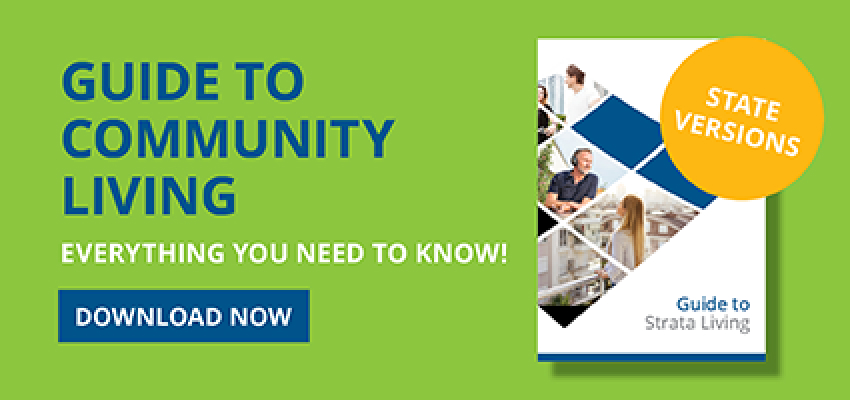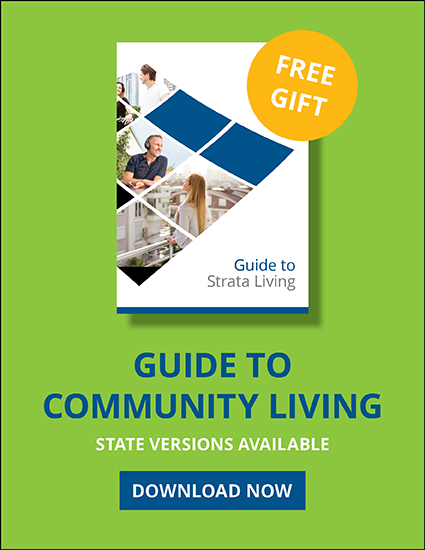A lack of housing diversity is preventing many older Australians from moving to smaller housing options, a new report has found.
According to the Australian Housing and Urban Research Institute (AHURI) downsizing, or ‘rightsizing’ as it is often termed, is an integral part of the current and future housing preferences of older Australians.
The report, Effective downsizing options for older Australians, found that while more than half of Australians aged 55 and over are open to downsizing, there was a large variation in the availability of established dwellings that suit the size and tenure aspirations of older Australians.
Compiled by researchers from Swinburne University of Technology and Curtin University, the research showed that of the more than 2,000 respondents, more than 40 per cent of these households said they would be likely to move if there were suitable housing in their preferred locations.
“Survey and interview findings indicate a demand for a supply of smaller houses, detached or attached, in areas with high-quality amenities, for both purchase and rental. The absence of this supply presents a significant barrier to downsizing, and the lack of suitable and affordable housing for older Australians will be a major concern as the nation’s population ages,” the report stated.
According to the report the main reasons for downsizing include lifestyle, financial and reduced maintenance burden.
Lead author, Dr Amity James from Curtin’s School of Economics, Finance and Property, says the research shows downsizing is not so much about moving to a lower value dwelling with a reduced number of bedrooms and on a smaller land area, but about moving to a dwelling that is appropriate for a household at a later stage of life.
“While downsizing may include a reduction in dwelling size, to older Australians it points to a housing aspiration where the internal and outdoors spaces are manageable, and represents a financial benefit,” she says.
“Australian governments typically see downsizing, or rightsizing, as a way to use housing stock more efficiently, with downsizers reducing the number of bedrooms in their dwelling freeing up larger dwellings.
“However, most downsizers still want space and regard spare bedrooms as necessary in a dwelling.”
The findings of the report also showed that the answer to helping more seniors find housing stock suitable to their needs lay in creating communities with a “variety of dwelling options, households can move as housing needs change and yet stay within their own community—thus, ageing in place in the community”.
There is also scope for support services to help Australians in this age group overcome the practical obstacles associated with moving by providing assistance to reduce belongings, change utilities or cover moving costs.
Following the release of the report, the report authors suggested that other issues included the fact that in the event the local market did not have enough options available to meet the needs of older households, it usually proved difficult to downsize within an existing community.
Moving to another desired location can also be problematic, they claimed.
“Meeting the needs of older Australians generally means an increase in medium-density housing. Developers are likely to require incentives to produce these medium-density products rather than potentially more profitable high-density development – although there is, of course, a downsizing market for well-located apartments.”
The best way forward, they claimed, was to ensure the Australian housing landscape shifted towards a model of dwelling diversity with secure tenures – ownership and rental – in neighbourhoods where “residents can walk easily to weekly services and recreation facilities, participate socially and be close to public transport options”.
To discuss your property’s strata management needs or receive a FREE management proposal contact our friendly team. We also offer more helpful resources and community living news in our FREE newsletter.








